The first step in planning your ideal vegetable garden is to list all the veggies you like eating. Plan for when you want to sow seeds and how far apart they should be, considering the specific needs of the crops you want to grow. Planning can save you time and effort later on, and a planting calendar helps you with this. Below we learn the Utah vegetable planting calendar, month-by-month Utah vegetable planting schedule, the best vegetables to grow in Utah, and a seasonal vegetable planting guide for Utah home gardens.
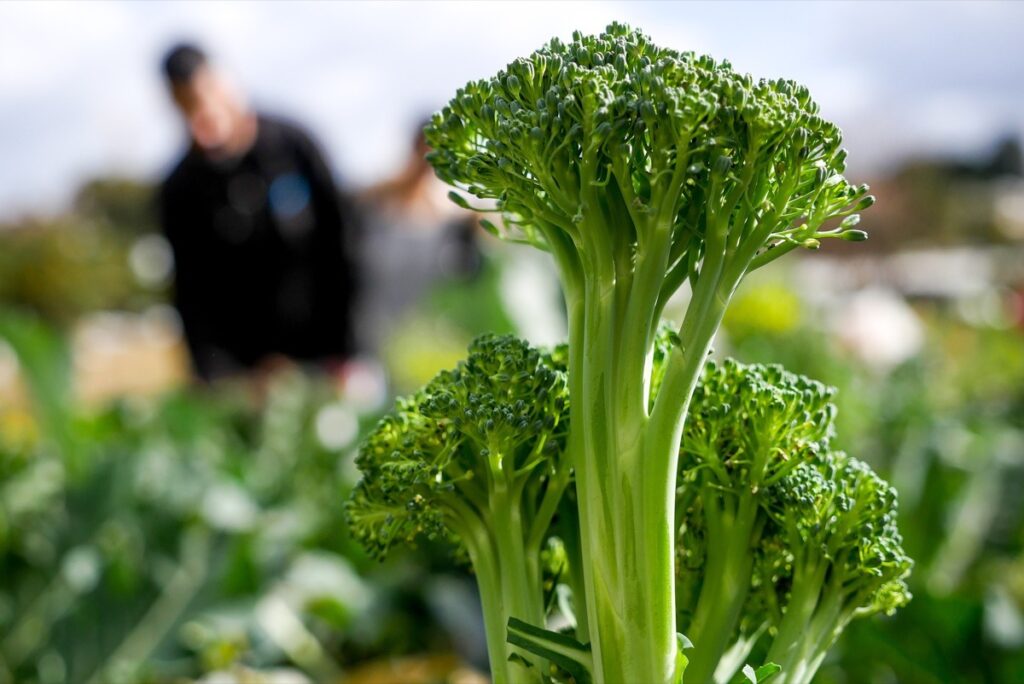
Utah vegetable planting calendar
What can I plant in March in Utah?
March is also a good time to plant perennial crops such as peas, asparagus, onions, rhubarb, radishes, and leeks. When discussing gardening in March, the topic of weeds often comes up. When the temperature rises, weeds emerge. Keep an eye out for their arrival this month and implement strategies to keep them in control for the rest of the growing season.
When should I start seeding in Utah?
Additionally, the best time to plant your seeds is often indicated on the back of the package. If you look at a planting guide, you could find something like, ” You should start inside 6 to 8 weeks before the final frost.” Start sowing these seedlings in early March. You may have noticed that not all plants are recommended to be started inside. Root vegetables like radishes, beets, carrots, and turnips can all be planted outside in the spring. First, some seeds need to be soaked in water before being planted.
What can I plant in April in Utah?
Most people don’t think about when it’s ideal for planting their crops, so they plant everything at once in May. In Utah, mid-May is ideal for planting certain vegetables, such as tomatoes, but not so ideal for planting others, such as peas or spinach. Spinach rapidly grows in the early summer; thus, planting it in May can produce a crop with edible leaves. Summer’s high temperature and low humidity are harmful to peas. Spring’s cooler, moist weather is ideal for them. Peas and spinach are planted in March, and you can harvest them by late April.
You can grow these in early spring (March–April): peas, spinach, broccoli, cabbage, radishes, and turnips. Mid-March to mid-April is an important time for planting a wide variety of leafy greens, root vegetables, and root tubers, including potatoes and Swiss chard. You can plant corn, cucumbers, and beans in late spring (usually around May after the last frost). Tomatoes, peppers, eggplant, and winter squash can all be planted after two weeks. Vegetables that can be harvested in late summer or early fall include carrots, lettuce, spinach, and kale.
In case you missed it: South Dakota (SD) Vegetable Planting Calendar: Month-wise Chart, Dates Guide, Schedule for Fall, Winter, Spring, and Summer Seasons
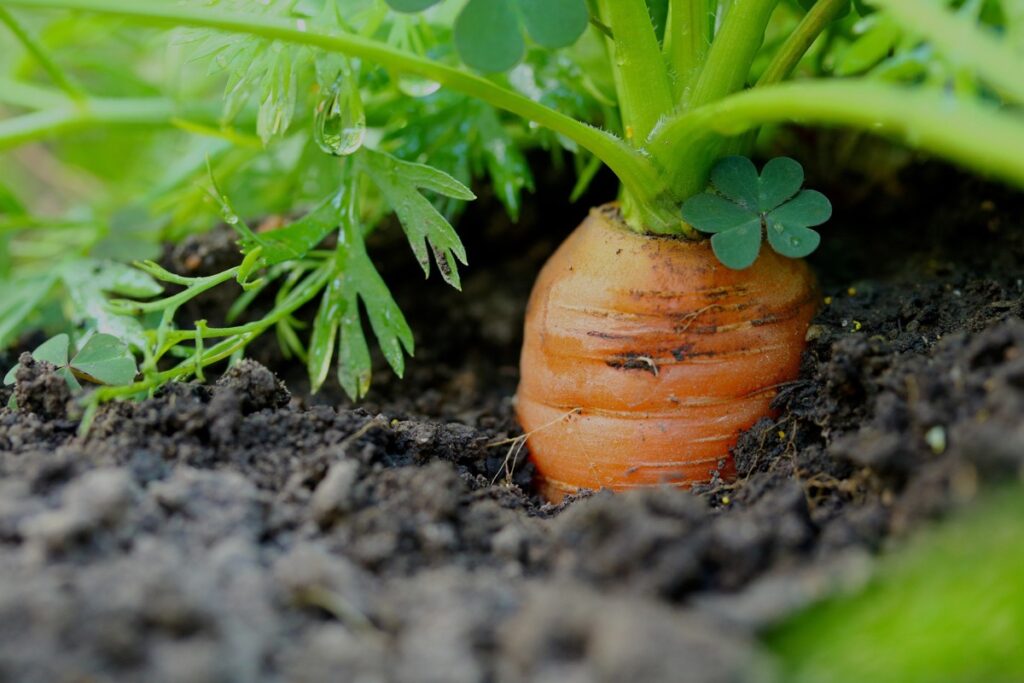
When should I plant tomatoes in Utah?
Sunlight and rich, well-drained soil are ideal conditions for growing tomatoes. Before you plant, amend the soil with organic material and full fertilizer. Direct sowing of tomato seeds in the garden should begin 10-14 days before the latest frost date. Most Utah gardeners use black plastic when transplanting tomatoes to speed up the maturation process.
When transplanting plants before the frost-free season, protect them with row covers or hot caps. Deep, non-frequent watering is ideal. Both plastic and organic mulches aid in water conservation and lessen the need for weeding, but organic mulches shouldn’t be applied until soil temperatures reach 75 degrees Fahrenheit.
When should I plant potatoes in Utah?
Potatoes need a lengthy growth season in a sunny site with healthy, well-drained soil to get good results. Direct sowing of potato seed pieces in the garden should begin 14 and 21 days before the last frost date. Planting potatoes through a layer of black plastic mulch helps them mature faster.
Regular, in-depth irrigation is recommended. Mulches made from organic materials are useful for growing tubers because they minimize the need for watering, the amount of time spent weeding, and the temperature of the soil. Protect against pests and diseases all year long. If you want fresh potatoes, harvest your crop as soon as the tubers start to develop.
What zone is Utah in for planting?
The mountains of Utah offer a wide variety of microclimates and planting zones, despite the state’s mostly arid landscape. There is less precipitation in eastern Utah due to the rain shadow cast by the Wasatch Mountains. From late fall to early spring, the state receives the largest bulk of its precipitation from the Pacific Ocean.
Finding your hardiness zone couldn’t be less of a hassle with the help of an online planting zone map. What plants are suitable for your area can be determined by their planting zone or hardiness zone. Zones 4a through 9a are all represented in the state of Utah. The growth zone determines which plants, flowers, and vegetables will thrive in a garden.
In case you missed it: Vertical Hydroponic Farming: A Growing Trend In Urban Agriculture
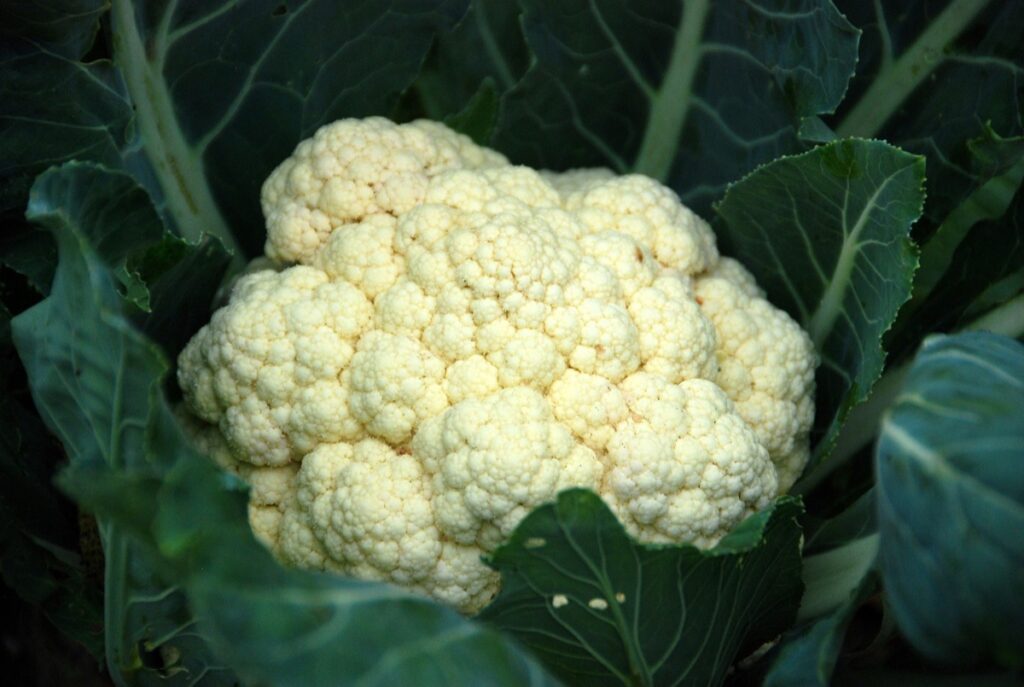
However, gardeners can utilize this information to learn which plants won’t make it through the winter in their region. The average dates of the first and last frosts are used to determine the planting zones used in Utah and worldwide. Gardening in zone 4a allows for the cultivation of plants hardy in zones 1 through 4, but not higher. Using plants adapted to a harsher temperature zone can be problematic since they won’t survive the winter.
What Tomatoes grow best in Utah?
Some of the best tomato varieties grown in Utah are Roma Tomatoes, Brandywine Tomatoes, Early Girl Tomatoes, Beefsteak Tomatoes, Grape Tomatoes, and Celebrity Tomatoes.
What vegetables are easy to grow in Utah?
Some hardy vegetable kinds can be planted as artichokes, rhubarb, broccoli, asparagus, onions, peas, radishes, spinach, cabbage, and turnips early as mid-March in most years. Beets, lettuce, potatoes, cauliflower, parsnips, carrots, parsley, and chard can be planted a couple of weeks later. Once the danger of frost has gone, around May, you can plant almost anything from the nursery shelves, including celery, corn, snap beans, eggplants, tomatoes, cucumbers, squash, peppers, and more.
When can I plant cabbage in Utah?
Temperatures below 25 degrees Fahrenheit are not fatal to cabbage plants, while temperatures up to 80 degrees Fahrenheit are ideal for growth. If you want your transplants to thrive, you need to get them in the ground two to three weeks before your area’s last frost date. Cabbage seeds can be sown with other vegetable seeds.
Choose early maturing cultivars and sow 50-75 days ahead of the crop’s expected maturity date to have cabbage ready for harvest in the autumn. About a week to two weeks following the first autumn frost is the ideal time for harvest. Temperatures over the ideal range can harm development and quality and could lead to the formation of internal tipburn.
What can I plant in Utah now?
Spring vegetable planting in Utah
Most people don’t consider the best time to plant their crops, so they usually do it all at once in May. Some veggies, like tomatoes, are better planted in our climate around the middle of May than others, like peas and spinach. Planting spinach in May can yield few usable leaves because of how quickly it blossoms in the early summer. In the summer, peas struggle in the hot weather and low humidity.
They thrive in the spring’s colder, wetter climate. Planting begins in March, and we have finished harvesting our peas and spinach by late April. Spinach grows well in the fall because of the cooler weather and shorter days once its blooming time is through. Peas, spinach, broccoli, cabbage, radishes, and turnips are all early spring crops. Many leafy greens, root vegetables, and root tubers, such as potatoes and Swiss chard, can be planted sometime between the middle of March and April.
Corn, cucumbers, and beans can all be planted when the danger of frost has passed in late spring, around May. After two weeks, you can plant tomatoes, peppers, eggplant, and winter squash. Carrots (beginning on August 1), lettuce, spinach, and kale are just a few vegetables that can be picked in late summer and early autumn.
In case you missed it: Oregon Vegetable Planting Calendar: month-wise chart, guide, schedule for season, and zones

Fall vegetable planting in Utah
Plant your leafy greens in the autumn for the crispiest, most flavorful harvest. They become somewhat bitter in the summer because of heat, so it’s best to plant them in the autumn when they’ll have a higher chance of producing edible fruit. Onions, cabbage, parsnips, kale, radishes, turnips, green onions, rhubarb, and arugula are all cold-hardy vegetable possibilities for your Utah garden.
Various types of lettuce and greens include romaine, chard, red leaf lettuce head, butter lettuce, leaf lettuce, Swiss chard, kale, spinach, mustard greens, and peas. There are many different types of root vegetables. The calciferous vegetables are all broccoli, cauliflower, kohlrabi, brussels sprouts, and rutabaga.
Summer vegetable planting in Utah
Peas, broccoli, cabbage, radishes, lettuce, Swiss chard, turnips, spinach, carrots, beets, kale, kohlrabi, and cauliflower in the middle of summer allow for an autumn harvest. You should buy seeds now since some garden shops can run out of them by summer. If you’ve already got a garden, you can make room for autumn harvest crops by removing those picked in the spring, such as peas or lettuce.
The date to plant is determined by when the soil freezes for the first time in autumn and how long it takes each plant to reach maturity. You can safely plant in August if your first autumn frost occurs in October or November. Plant in July if your first frost is in September. Plants grown in the summer need the same growing techniques as those planted in the spring. Water, weed, thin, and fertilize according to the directions on the seed packet.
Winter vegetable planting in Utah
You can still grow a wide variety of plants in Utah, even in the dead of winter. Grow thyme, parsley, other herbs, turnips, onions, carrots, and rutabagas, undercover. Keep leafy veggies protected from frost by covering them. Although mulch is often used in the spring and summer, it may still be beneficial in winter. Plants benefit from a covering of mulch or compost because it insulates the soil, helps retain moisture and adds nutrients. Root crops, such as carrots, benefit greatly from having straw and grass trimmings sprinkled on top of the soil.
In case you missed it: UK Vegetable Planting Calendar: Month-wise Chart, Dates Guide, Schedule for Fall, Winter, Spring, and Summer Seasons
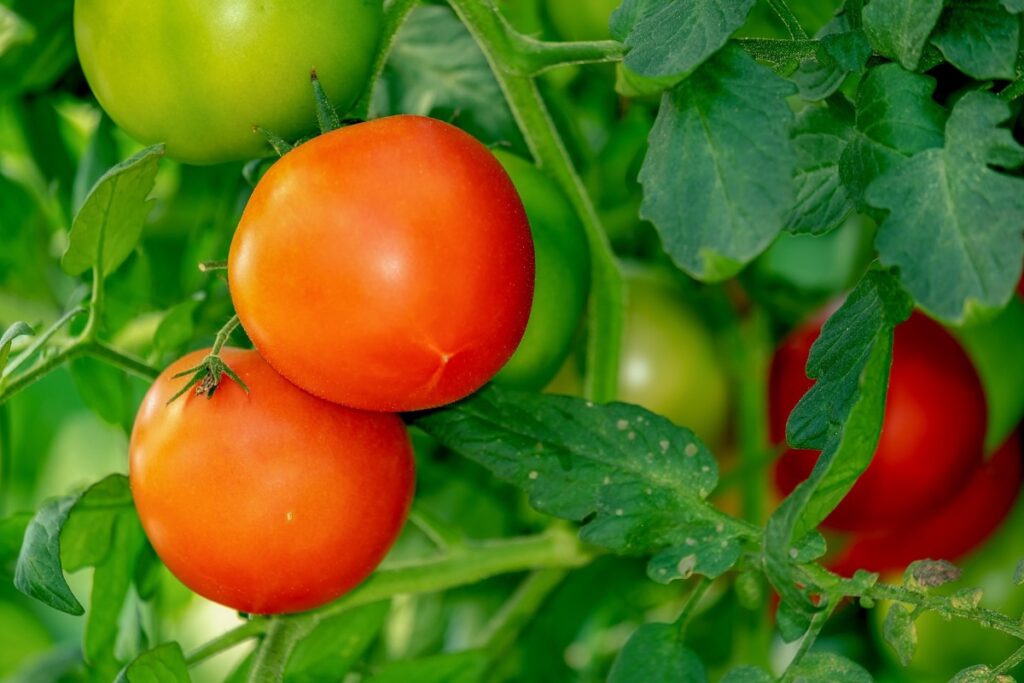
Mulch should be thickened, or a cover or tunnel should be considered if you receive much snow. Utah gardeners can choose from a wide variety of cold-resistant plants, including spinach, leeks, green onion, onion, kohlrabi, turnip, Brussel sprouts, cabbage, chard, broccoli, spinach, parsnips, collard greens, rhubarb, kale, radishes, arugula, mustard greens, and turnips. Options for semi-hardiness (also known as half-hardiness) include rutabaga, lettuce, carrot, radicchio, beets, celery, Swiss chard, peas, potato, and cauliflower.
Utah vegetable planting calendar/guide/chart/schedule
| Vegetables | Zone 4 | Zone 5 | Zone 6 | Zone 7 | Zone 8 | Zone 9 |
| Snap Beans | June to Mid-Sep | Mid-May to Sep | May to Mid-Oct | Apr to Mid-Oct | Mid-Mar to Mid-Oct | Mid-Feb to May, Sep to Nov |
| Lima beans | May | Mid-May to Sep | May to Mid-Oct | Apr to Mid-Oct | Mid-Mar to Mid-Oct | Mid-Feb to May, Sep to Nov |
| Beets | Mid-Apr to Jun, Mid-July to Sep | Apr to June, Mid-July to Mid-Oct | Mid-Mar to June, Mid-July to Mid-Oct | Mar to May, Aug to Oct | Mid-Feb to Mid-May, Mid-Aug to Mid-Nov | Feb to Apr, Mid-Sep to Nov |
| Broccoli | Apr to June, July to Mid-Aug | Mid-Mar to June, July to Oct | Mar to Mid-June, Mid-July to Oct | Mid-Feb to May, Aug to Mid-Nov | Feb to Mid-May, Aug to Nov | Mid-Jan to Apr, Mid-Aug to Mid-Dec |
| Brussel Sprouts | Mid-Apr to Mid-Oct | Apr to Oct | May to Oct | Mid-Apr to Mid-Sep | Apr to Aug | Mar to Jun |
| Cabbage | May to Mid-Oct | Mid-Apr to Oct | May to Oct | Mar to Mid-June, Mid-July to Oct | Mid-Feb to May, Aug to Mid-Nov | Feb to Mid-May, Sep to Mid-Dec |
| Carrots | Mid-Apr to June, Mid-July to Sep | Apr to Jun, Aug to Mid-Oct | Apr to June, Aug to Oct | Mar to Mid-June, Aug to Oct | Mid-Feb to May, Mid-Aug to Mid-Nov | Mid-Feb to May, Mid-Sep to Mid-Dec |
| Cauliflowers | May to Sep | Mid-Apr to Mid-Oct | Mar to Mid-June | Mid-Feb to May, Aug to Mid-Nov | Feb to Mid-May, Mid-Aug to Nov | Feb to Mid-May, Sep to Mid-Dec |
| Corn | June to Mid-Sep | Mid-May to Mid-Sep | May to Sep | May to Aug | Mid-Apr to Aug | Mid-Feb to May, Mid-Aug to Nov |
| Cucumber | June to Mid-Sep | Mid-May to Mid-Sep | May to Sep | May to Aug | Mid-Apr to Aug | Mid-Feb to May, Mid-Aug to Nov |
| Kale | Mid-Apr to June, Mid-July to Mid-Oct | Apr to June, Mid-July to Oct | Mid-Mar to Mid-June, Aug to Mid-Nov | Mar to May, Aug to Mid-Nov | Mid-Feb to Mid-May, Mid-Aug to Mid-Nov | Oct to Dec |
| Lettuce | May to June, Mid-July to Sep | Mid-Apr to June, Mid-July to Mid-Oct | Mid-Mar to Mid-June, Aug to Oct | Mar to May, Aug to Oct | Mid-Feb to May, Mid-Aug to Mid-Nov | Mid-Jan to Apr, Mid-Sep to Mid-Dec |
| Onions | Mid-Apr to Mid-Sep | Apr to Sep | Mid- Mar to Aug | Mar to Aug | Mid-Feb to Aug | Mid-Jan to May |
| Peas | Mid-Apr to June | Apr to June, Mid-July to Mid-Oct | Mid-Mar to May, Aug to Oct | Mid-Feb to Mid-May, Mid-Aug to Mid-Nov | Mid-Feb to Mid-May, Sep to Mid-Nov | Jan to Mar, Oct to Mid-Dec |
| Peppers | Mid-Apr to Mid-Sep | Apr to Sep | Mid-Mar to Sep | Mar to Sep | Mid-Feb to Mid-Sep | Jan to May, Mid-July to Nov |
| Spinach | Mid-Apr to June, Mid-July to Mid-Oct | Apr to June, Mid-July to Oct | Mar to June, Mid-July to Oct | Mar to June, Aug to Mid-Nov | Mid-Feb to May, Sep to Nov | Mid-Jan to Apr, Mid-Sep to Mid-Dec |
| Summer Squash | June to Mid-Sep | Mid-May to Sep | May to Sep | May to Mid-Oct | Mid-Apr to Mid-Oct | Mar to Jun |
| Tomato | Mid-Apr to Mid-Sep | Apr to Sep | Mid-Mar to Sep | Mar to Sep | Mid-Feb to Mid-Sep | Jan to May, Mid-July to Nov |
| Asparagus | Mid-Apr to May | Apr | Apr | Apr | Mid-Jan to Mid-Mar,Nov and Dec | Mid-Jan to Mid-Mar, Nov and Dec |
| Artichokes | – | – | – | – | – | – |
| Celery | Mid-May | – | – | – | Jan to Mar | |
| Chard | Early May | – | – | – | – | – |
| Chives | – | – | – | – | – | – |
| Eggplants | Early June | May | May | Apr to Mid-May, Mid-July | Apr to Mid-May, Mid-July | Feb to July |
| Kohlrabi | Mid-Apr to Mid-Aug | Early Apr and late Sep | Early Apr and late Sep | – | – | Sep to Mar |
| Okra | Early June | Mid-May to Late-May | Mid-May to late May | Apr to June, Mid-June to July | Apr to June, Mid-June to July | Mar to July |
| Potatoes | Mid-Apr to June | Early April to Mid-April | Early April to Mid-April | Mid-Jan to Mar | Mid-Jan to Mar | Jan to Mar |
| Radish | Apr to June | Late Mar to early May | Late Mar to early May, Aug | Mid-Jan to Apr,Sep to Mid-Oct | Mid-Jan to Apr,Sep to Mid-Oct | – |
| Winter squash | May to June | May | Mid-May | Apr to Aug | Apr to Aug | Mar and Aug |
In case you missed it: New York Vegetable Planting Calendar (NY): Month-wise Chart, Dates Guide, Schedule for Fall, Winter, Spring, Summer, and Zone-wise
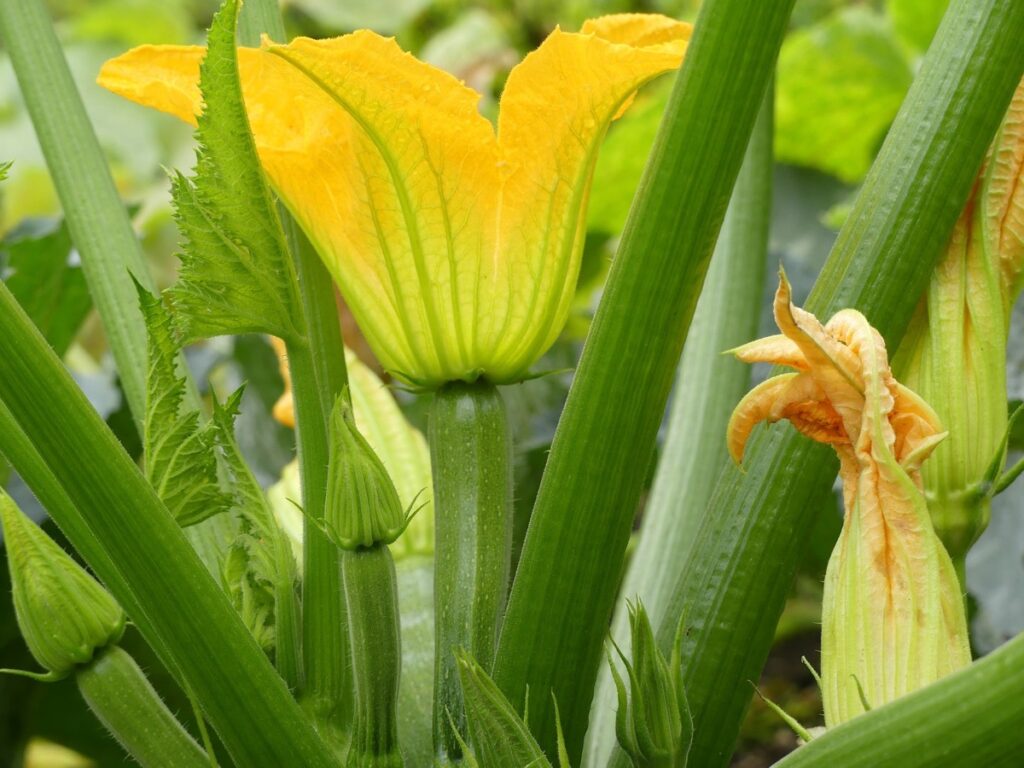
Conclusion
Growing your own food is never too early, and you’ll find that growing your favorite veggies improves their flavor. Then, even if you aren’t sure whether you like different veggies, you may start to try them now. If you live in the following cities, towns, and counties and plan to grow vegetables in Utah, this Vegetable Planting Calendar chart and guide will help you to set up your garden.
| Salt Lake City | Brigham City |
| St. George | Midvale |
| Ogden | Herriman |
| Park City | Clearfield |
| Provo | Riverton |
| Moab | Syracuse |
| Logan | Eagle Mountain |
| Sandy | Taylorsville |
| Cedar City | Lindon |
| Orem | Pleasant Grove |
| Layton | Tremonton |
| Hurricane | Kaysville |
| Lehi | Holladay |
| Vernal | Cottonwood Heights |
| Washington | Millcreek |
| West Valley City | Blanding |
| West Jordan | Kamas |
| Kanab | Grantsville |
| South Jordan | Central Utah |
| Murray | Estern Utah |
| Heber City | Western Utah |
| Bountiful | Southern Utah |
| Spanish Fork | Northern Utah |
| Tooele | American Fork |
| Springville |
- Broccoli Varieties: Choosing the Right Cultivars for Your Farm
- How to Raise Pigs in Your Own Backyard: A Comprehensive Guide
- Budget Friendly Sheep Shed Ideas: Cheap and Low-Cost Tips
- How Much Do Cattle Farmers Make: Revenue Streams in Cattle Farming
- Management Pests and Diseases in Your Cotton Field
- Sheep Farming Business Plan for Beginners
- Aquaponic Farming at Home: A Step-By-Step Guide
- Profitable Village Farming Business Ideas in 2024
- High-Yield Aquaculture: Fast-Growing Fish for Farming
- Effective Fish Pond Construction Techniques for Beginners
- Irrigation and Water Management in Pineapple Farming
- Blossom to Harvest: Mastering Flowering and Pollination in Papaya Farming
- Pig Fattening Essentials: From Selection to Sale for Beginners
- Raising Wagyu Cattle: A Complete Guide for Premium Beef Production
- Soil Types and Their Water Holding Capacity
- Optimizing Irrigation Schedules for Coconut Groves for Enhanced Yield
- Espresso Your Garden: Coffee Grounds for Healthier Acid-Loving Plants
- The Best Soil Mix for Snake Plants: How to Mix Your Own Snake Plant Soil
- Green Thumb Success: Expert Tips for Cultivating Greenhouse Beans All Year Round
- Bloom All Year Round: The Ultimate Guide to Indoor Hyacinth Care
- Eco-Friendly Gardening: How to Make Liquid Fertilizer from Kitchen Waste
- Ultimate Guide to Grow Anise in Pots: Explore Seed Propagation to Harvesting
- Guide to Raising Chester White Pigs: Discover Breed Facts to Growth Management
- Mastering the Elegance: The Ultimate Guide to Weeping Cherry Tree Care, Planting, and Maintenance
- Ultimate Guide to Planting Garlic in Grow Bags: Growing Strategies for Beginners
- How to Fix Spider Plant Leaf-Related Problems: Natural and Organic Remedies
- 10 Reasons Why Your Tulsi Plant is Shedding Leaves: Home Remedies and Solutions
- Optimizing Growth and Yield: The Advantages of Palm Bunch Ash Fertilizer
- Utilizing Neem Oil Extract as a Natural Pesticide for Hydrangea
- From Soil to Harvest: Various Ways in Which Farmers Can Use AI Tools
- Steps to Encourage and Induce Citrus Flowers: A Comprehensive Guide
- How to Fix Snake Plant Leaf-Related Issues: Natural and Organic Remedies
- Transform Your Garden into a Fragrant Oasis with Raat Ki Rani (Night Blooming Jasmine)
- Discover the Ideal Chicken Breeds for Philippine Farms
- How to Create a Poultry Egg Farm Business Plan for Profits
- Grow Lemon Cucumbers Like a Pro: Insider Techniques for Bountiful Yields
